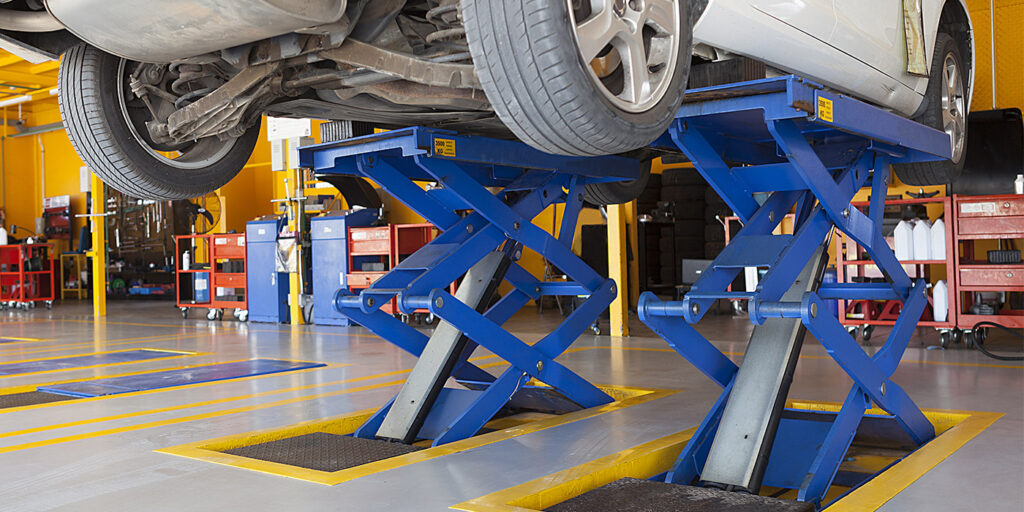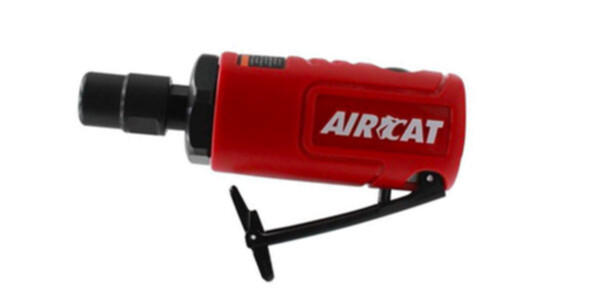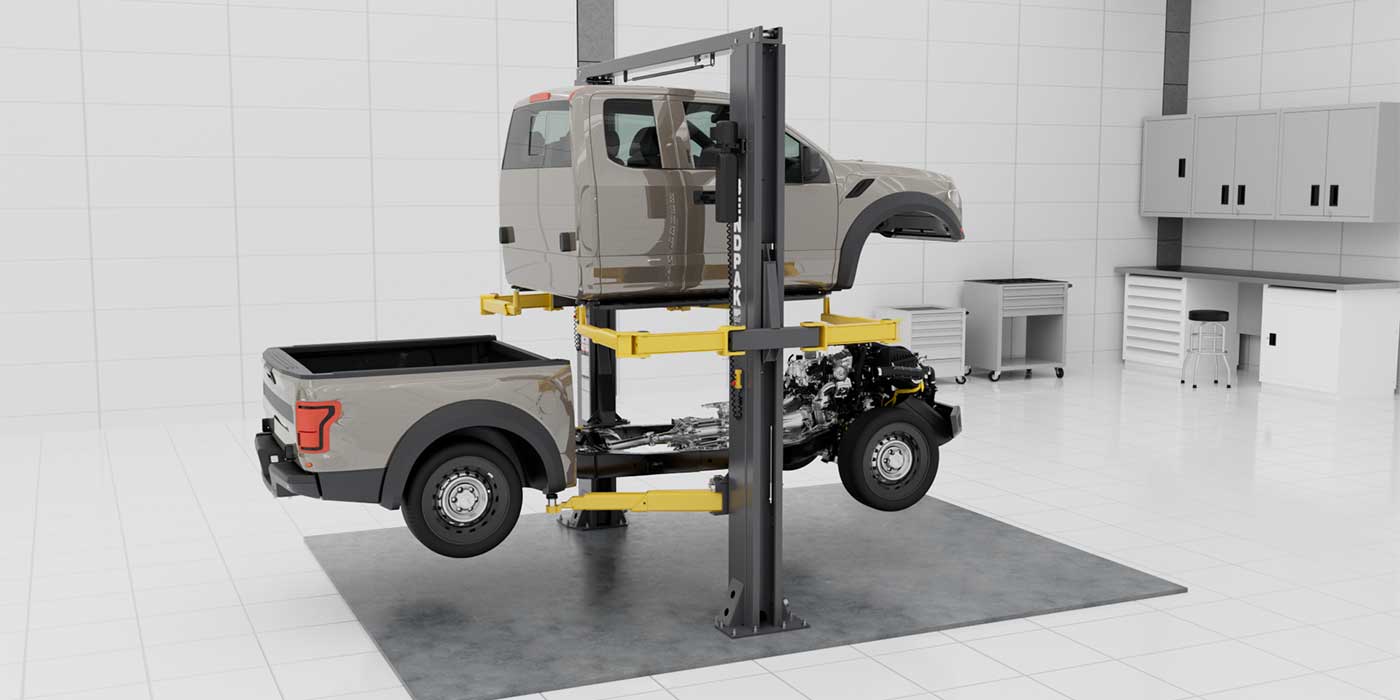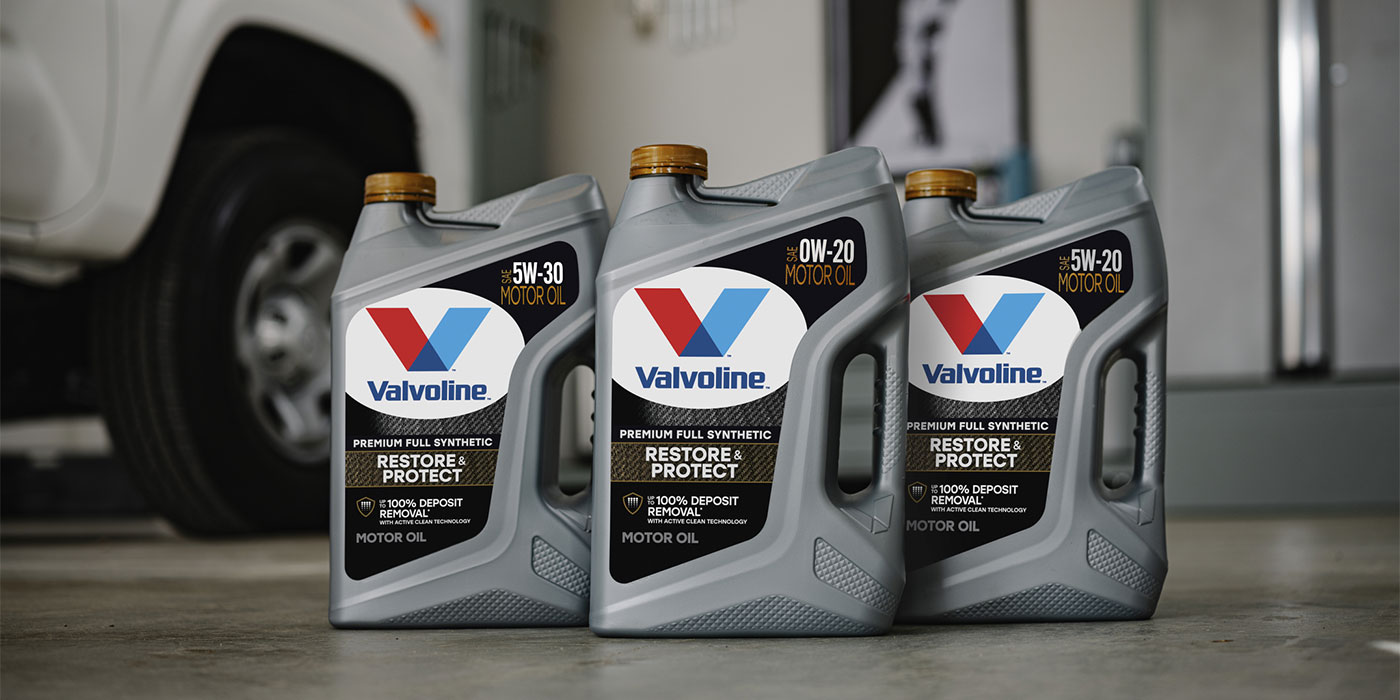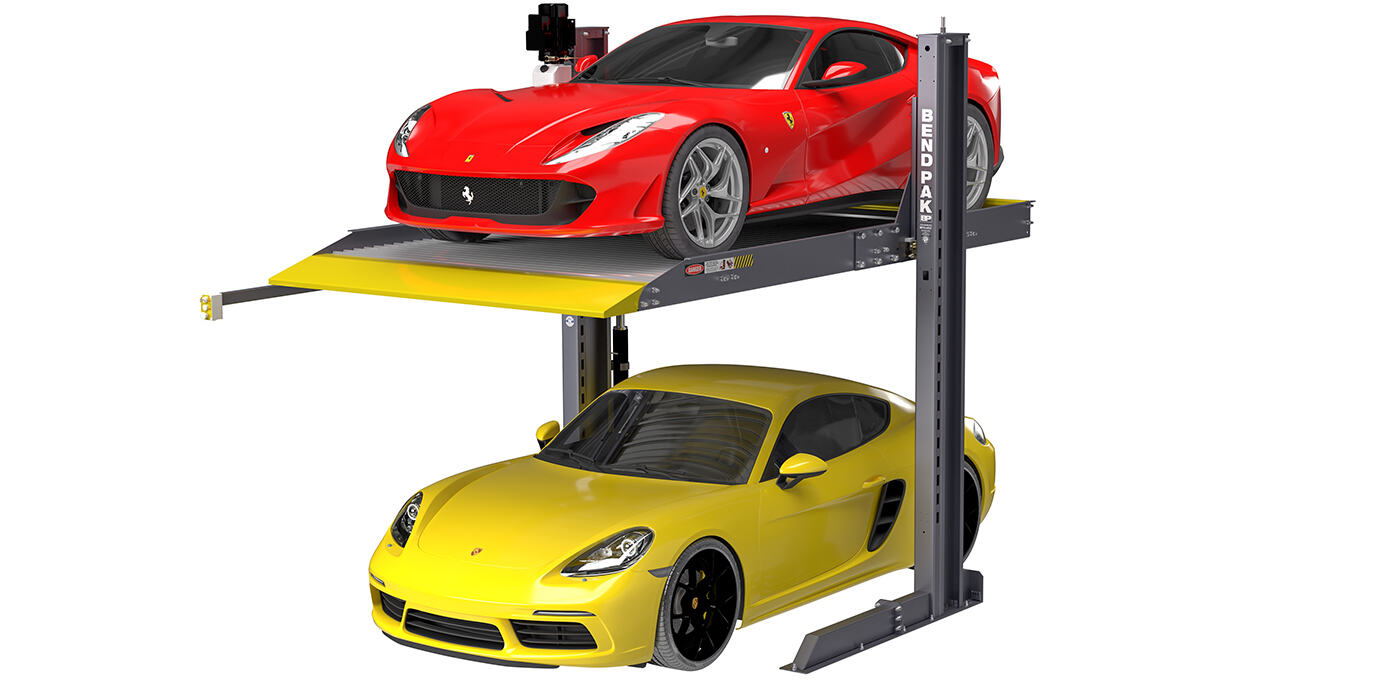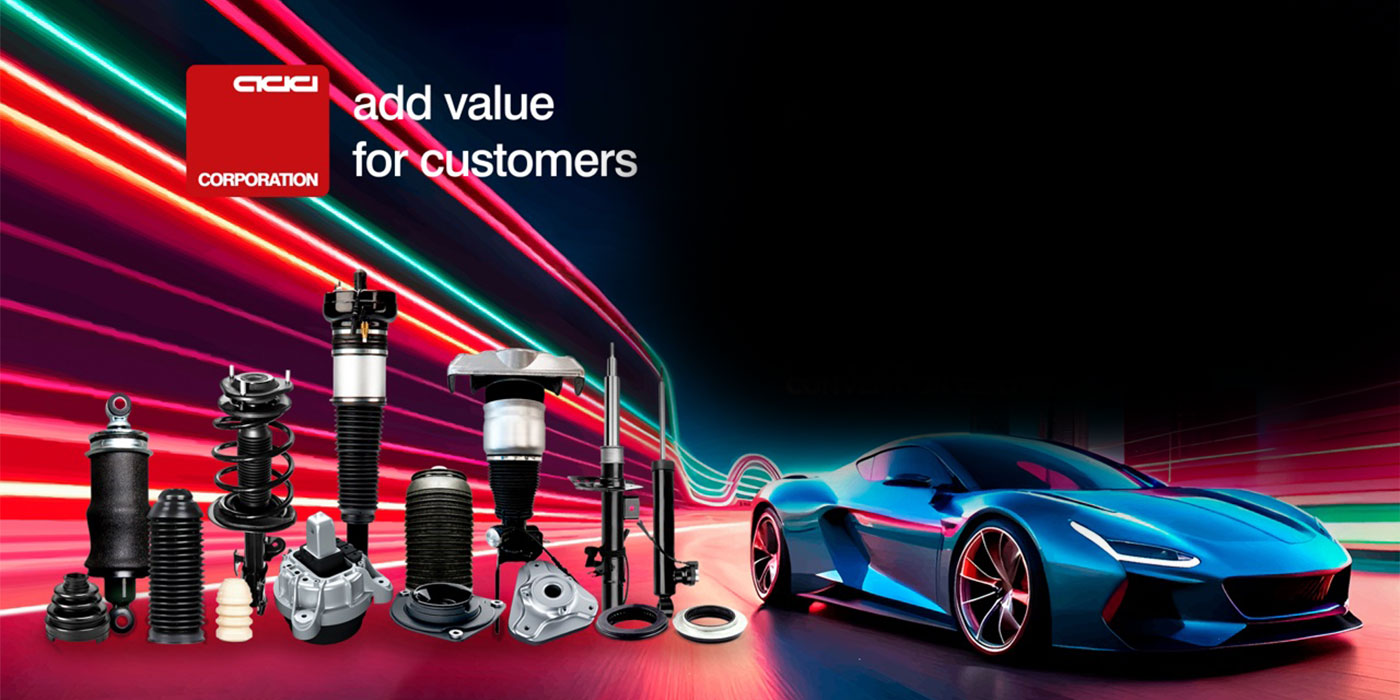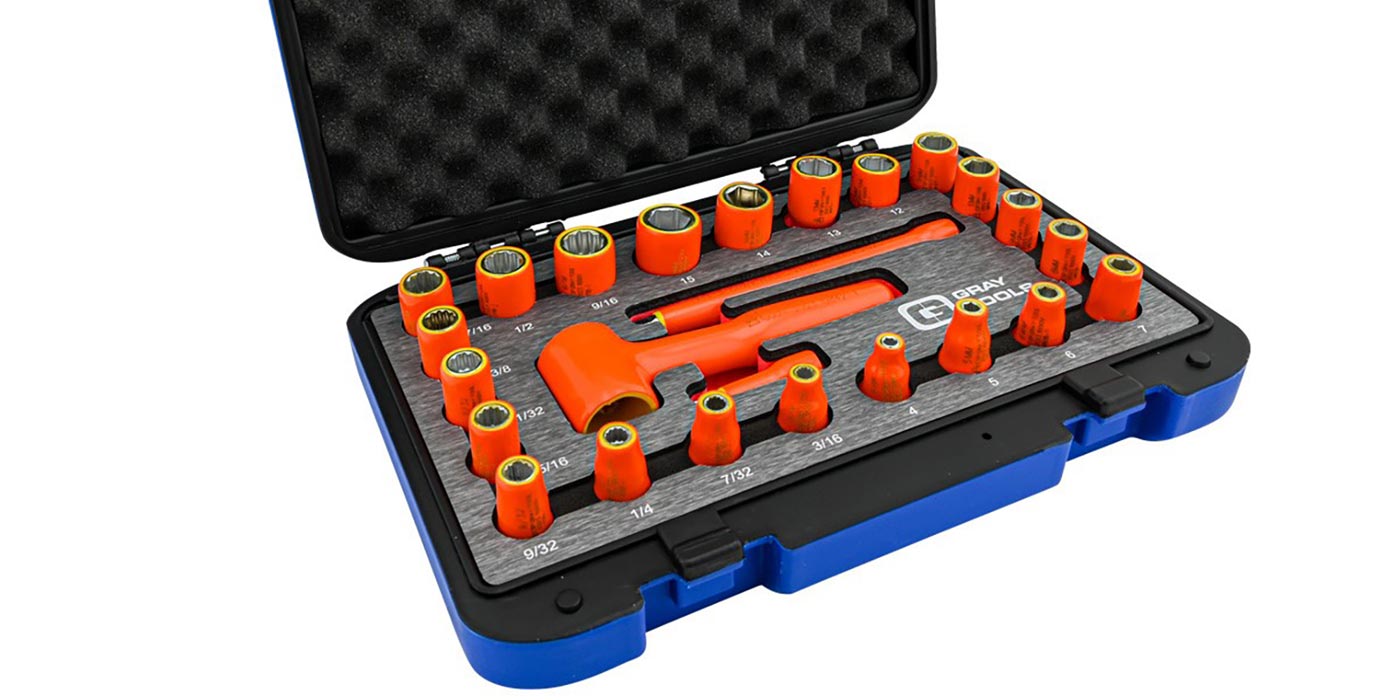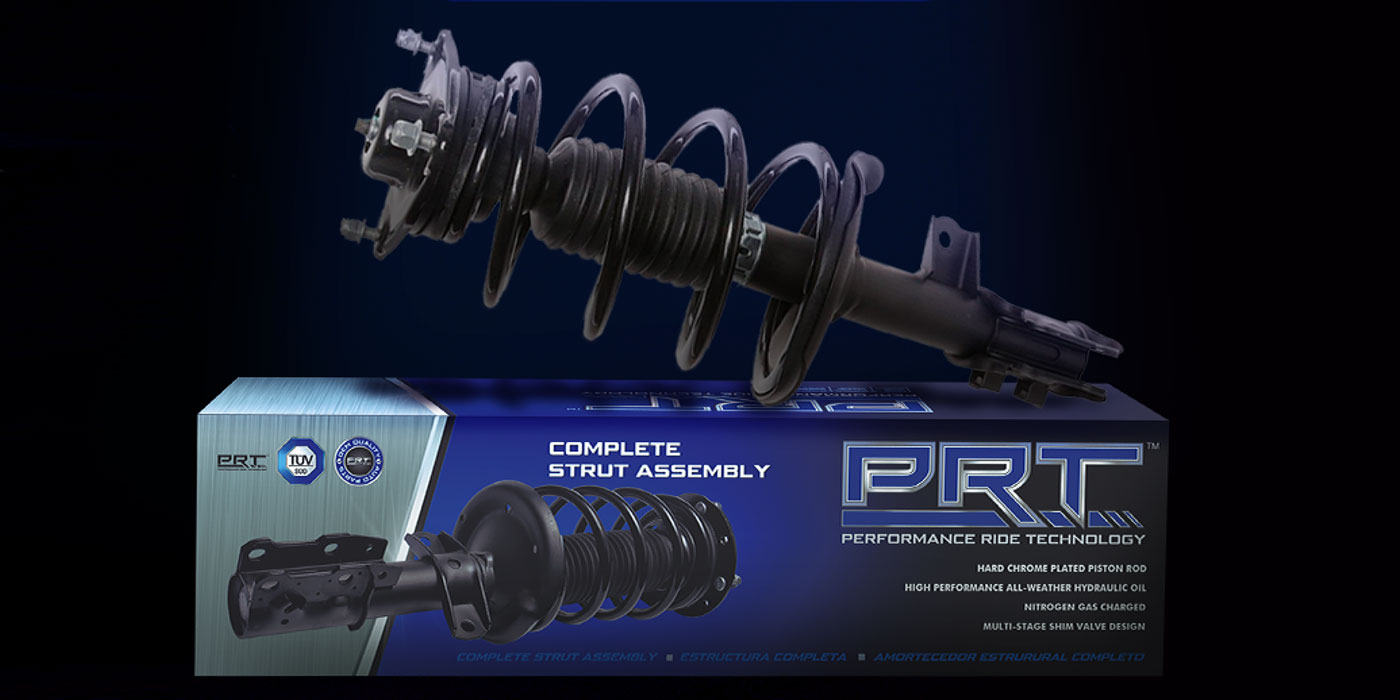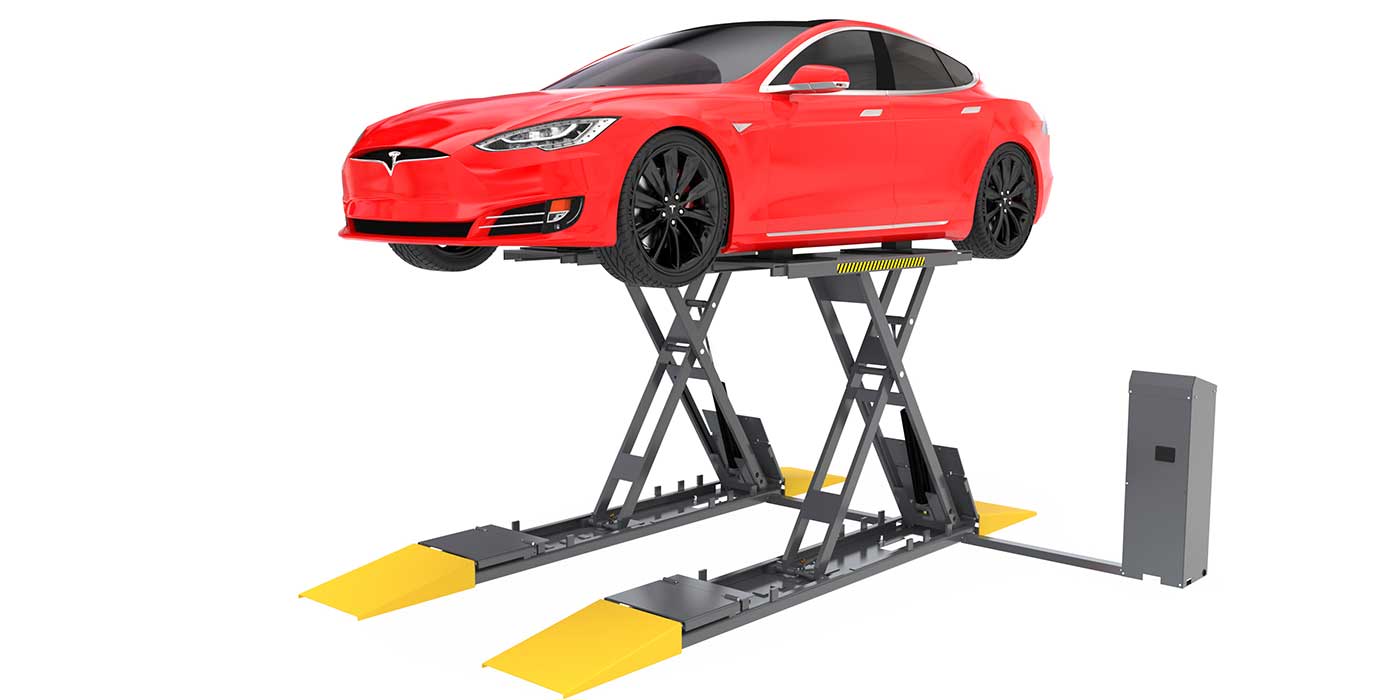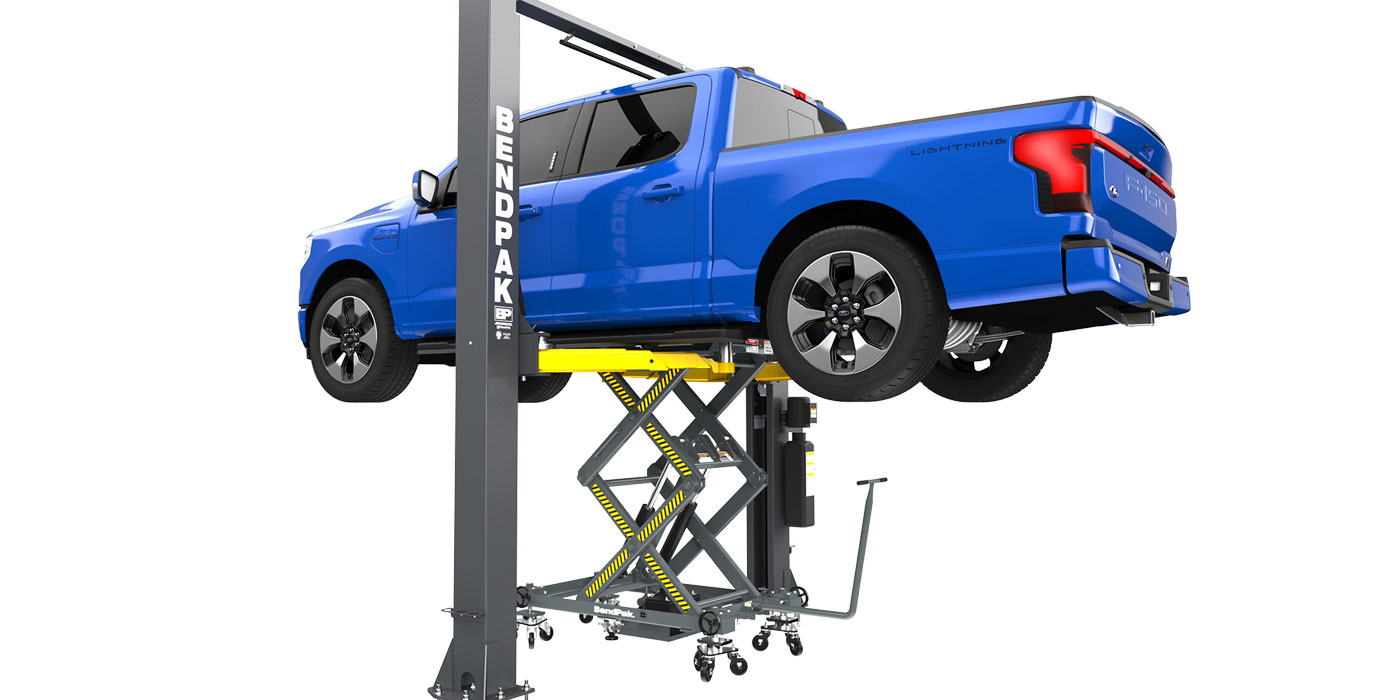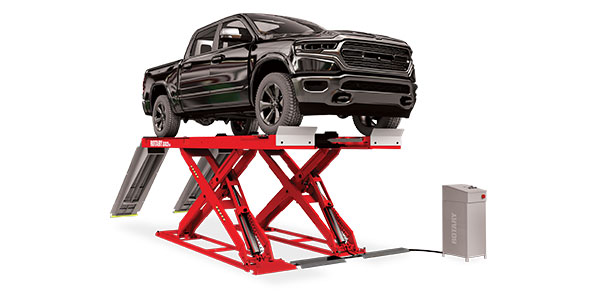“Need a lift?”
This greeting isn’t something you hear too often anymore. Sure, hitchhiking used to be common, but it also used to be safe. People were different. Times were different. Now, it’s just too dangerous. Whether you are picking someone up or being picked up, you are potentially taking a chance with your life.
So, where am I going with this? Over the course of my career, I’ve worked in eight different auto repair shops. Off the top of my head, I can think of at least 10 lifts from those shops that wouldn’t pass a safety inspection. Problems ranged from the absence of a functioning safety, to bleed down, rusted out uprights, uneven arm height, and worn-out chains and cables. Luckily, I never experienced an injury to any person, but I did see many vehicles damaged.
The frustrating part is that I had advised shop management many times that the lifts should be repaired or replaced. In the end, the damage that was caused by equipment failure could only be blamed on them.
So why are so many lifts ignored? This is not a worn socket or teeth of a ratchet. This is the single most important piece of equipment in the shop. A properly operating lift means efficiency. A properly operating lift means safety. Serious injury or death can occur if something goes wrong. It’s not a risk I like to take, but then I don’t hitchhike either.
So now, back to my question: Do you need a lift? I wish I could see how many technicians and shop owners alike are nodding their heads right now. I’d bet there are quite a few.
Lift standards
Whether you are replacing one or adding one, it’s not a daunting process. Buying a lift is probably one of the easier things you can do. Sure, there are a lot of them out there, and it can be time-consuming to look through them all, but there are several things on your side.
One of your biggest allies is the Automotive Lift Institute (ALI). ALI has one primary purpose: the safe design, construction, installation, inspection and use of automotive lifts. They developed the original automotive lift safety standard and have revised it numerous times over the years. The current standard is ANSI/ALI ALCTV:2017.
Included in this standard is:
- Design criteria and analysis methods.
- Requirements for electrical components, control devices, speeds, wireless controls and the strength of drive components.
- Specific construction requirements for lift components such as columns, runways, ramps, swing arms and load-holding devices.
- Manufacturer quality assurance systems and procedural requirements.
- Lift testing procedures.
- Documentation and labeling requirements.
While you can study the ALI lift standard, all you really need to know is if the lift you’re looking at meets the current ALI lift standard. Different lifts may have different features, and some may work better for you, but when comparing similar lifts, if they both meet the ALI standard, they are both built just as well. If you’re unsure about a lift being certified, ALI has a Directory of Certified Lifts on its website.
The ALI website contains a wealth of information for buying a new lift as well as installing it. It’s a great resource that favors no one. It just lists the facts.
Choosing a lift
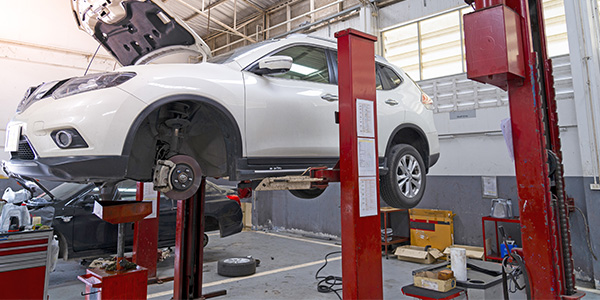
When you begin the process of getting a new lift, early on you will be narrowing down your choices. Most who have been in the field have an idea of what type of lift or lifts they need, but there’s a lot to choose from, so if you’re not sure, lift manufacturers are your best contact. They are the experts and can help you determine what you need.
When it comes to lift design and construction, even when comparing identical type and capacity lifts, you’ll find many differences, both visible and in specification. Think of it like buying a car and comparing two models. They both run and drive and will get you there and back, but you look for the features and options you like. Then you compare price. Maybe it comes down to color.
This can happen in the world of lifts, too. If you can’t decide because the features are the same and you like one better because the color matches your shop decor, then get it. There’s nothing wrong with that, as long as you get the features you are looking for and as long as it carries the ALI certification.
Here’s a look at some of the features we like the best.
Single-point safety release. Many lifts have dual-point safety releases, meaning you have to disengage the safety from each side before lowering the lift. I’ve worked under many of these, and while it only takes an extra second to release the second one, when you do this every day, all day, it’s the little things that add up to saved time, and it’s just nice to be able to release both sides and lower the lift from one spot. This might not be a deal breaker, but it’s a nice feature.
Equalization cables. Many lifts are designed with equalization cables, and this is true for both two- and four-post lifts. They allow you to adjust the lift arms from side-to-side so they will be level. Lifting a car crooked because the arms aren’t level is high on my list of pet peeves, and threaded, adjustable lift adapters are not meant to correct this problem.
Adapters. Opinions differ as to the type of adapters technicians like to use, but I like to have all the options available. Stackable adapters work great, and they are quick. But sometimes you need to get the lift pad right up to the vehicle and there’s not an adapter of the right size, so threaded adapters are a must. This is critical because lifting points vary and lifting a vehicle level front-to-back and in the correct location is a matter of safety. Extended adapters are also important for many trucks and vans. Personally, I don’t think you can have too many adapters.
Options: I’ve seen many useful options offered by different lift manufacturers, some of which will come down to personal preference, but here are some of my favorites:
- Foam door guards. It’s impossible to prevent bumping the door against the lift every now and then, no matter how careful you are. Hardware store foam can work, but it’s hard to get it to stick sometimes and cover the areas you want. It’s just nice to have something that’s designed for the lift.
- Head guards for the swing arm. This is self-adhesive foam designed to fit the end of any swing arm. I know I’ve hit my head plenty of times and I‘d prefer that doesn’t happen again.
- Swing arm lifting pads. I think this is my favorite. It’s uncommon, but every now and then there’s a car that just doesn’t line up well and the swing arms themselves (instead of the sliding arm) are the only way to lift it under the pinch weld. Swing arm lifting pads fit on the swing arm to protect the lift finish and the vehicle.
I haven’t mentioned anything about lift capacity or different overall designs such as two- or four-post, or scissor lifts, but these factors are all determined by what you work on, how much space you have, what type of floor you have, and the type of work you do. These are things, if you don’t know already, that a lift manufacturer will help you determine.
What I do want to mention is not to overlook the type and height of the swing arms on a two-post lift. With so many cars sitting lower than they used to and the importance of using specific lift points, there’s a lot of action at the swing arms. You want to make sure that clearance and adjustability is high on your list, so your new lift is the most efficient with the vehicles you work on the majority of the time.
In conclusion, the information is there. The lifts are there. The manufacturers are there to help. There’s no excuse for worn out and dangerous lifts. If you decide to hitchhike, that’s up to you.
Editor’s Note: This article initially appeared in TD’s sister publication, TechShop, and is being printed here as part of a series for transmission shops that offer general repair services.

